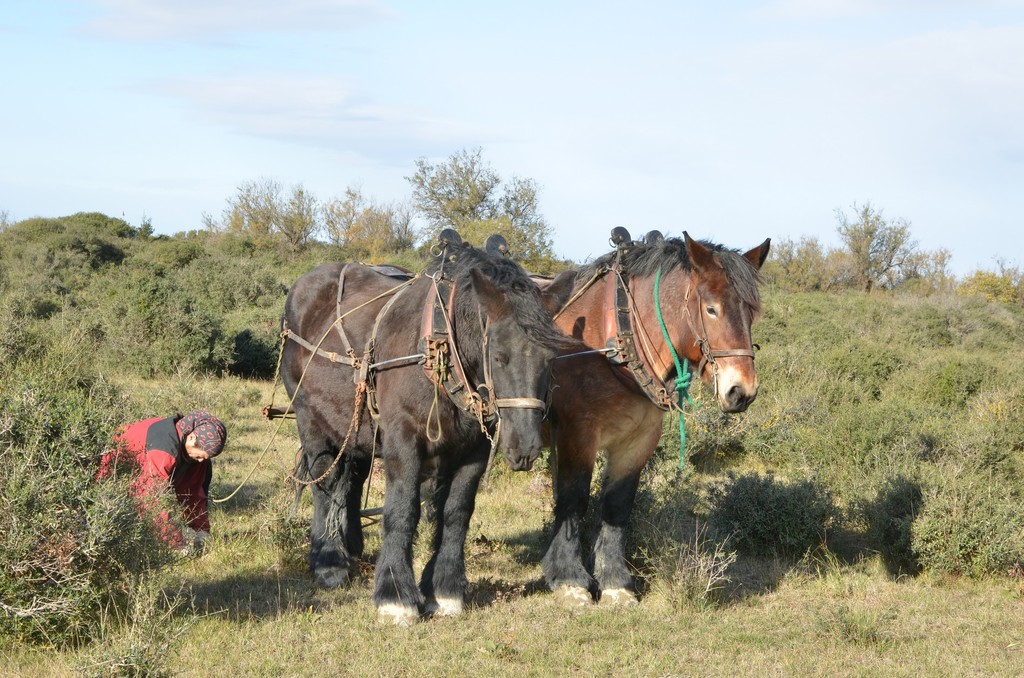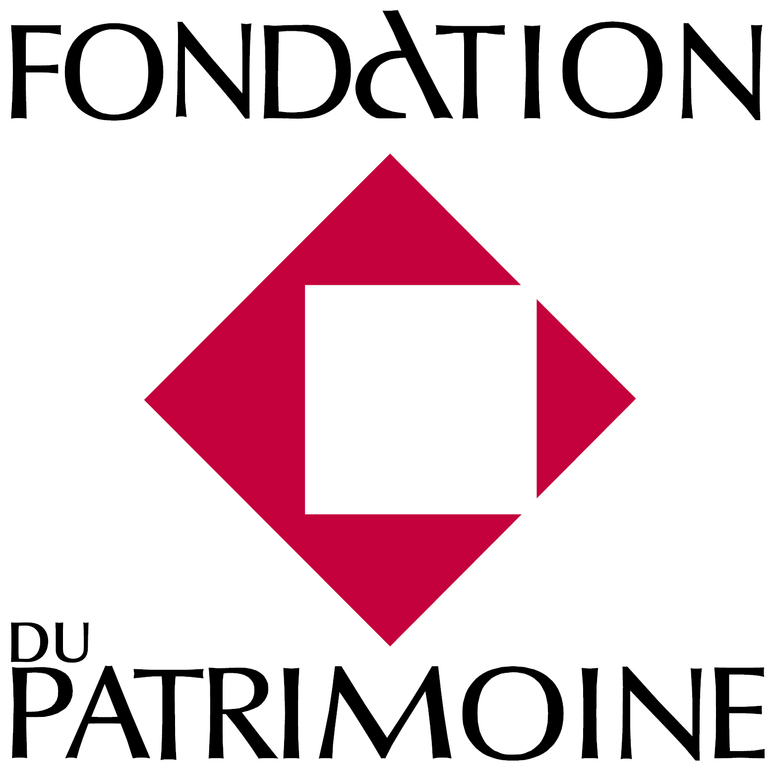 One of the priorities in the Tour du Valat’s 2011-2015 management plan concerns the preservation of dry grasslands (pelouses), a habitat given priority status in the European Habitats Directive on wild fauna and flora.
One of the priorities in the Tour du Valat’s 2011-2015 management plan concerns the preservation of dry grasslands (pelouses), a habitat given priority status in the European Habitats Directive on wild fauna and flora.
These grassland areas have been increasingly colonised by Phillyrea (Phillyrea angustifolia), a typical shrub in the Mediterranean garrigue. This invasion can be explained by several factors including a drastic decrease in the number of wild European Rabbits in the Camargue in recent years, grazing pressure, and animals (cattle) that are not appropriate for controlling this type of shrub. The encroachment of Phillyrea on these grassland areas threatens their exceptional floristic diversity, as well as certain particular species that use them at a specific phase of their life cycle such as the Western Spadefoot Toad, Ocellated lizard, European Pond Terrapin, Zerynthia polyxena, and Tawny Pipit.
An action programme was started this winter in the framework of a project financed by the Fondation du patrimoine (Natural Heritage Foundation). One of the key operations was the use of draught horses to pull out the shrubs. To complete this experiment, the Tour du Valat worked with Arbocime, a company specialising in horse skidding located at the foot of the Luberon massif. The two draught horses from northern France, Toxane and Ildie, pulled out some 2000 shrubs in 13 days of labour, sometimes in particularly difficult conditions, such as snow.
These operations proved to be very effective and advantageous, and will be carried out again in the future. The use of horses instead of a tractor to pull out the Phillyrea is of particular interest because it causes much less damage to the fragile pelouse through crushing, and there is no pollution.

With the support of Fondation du patrimoine